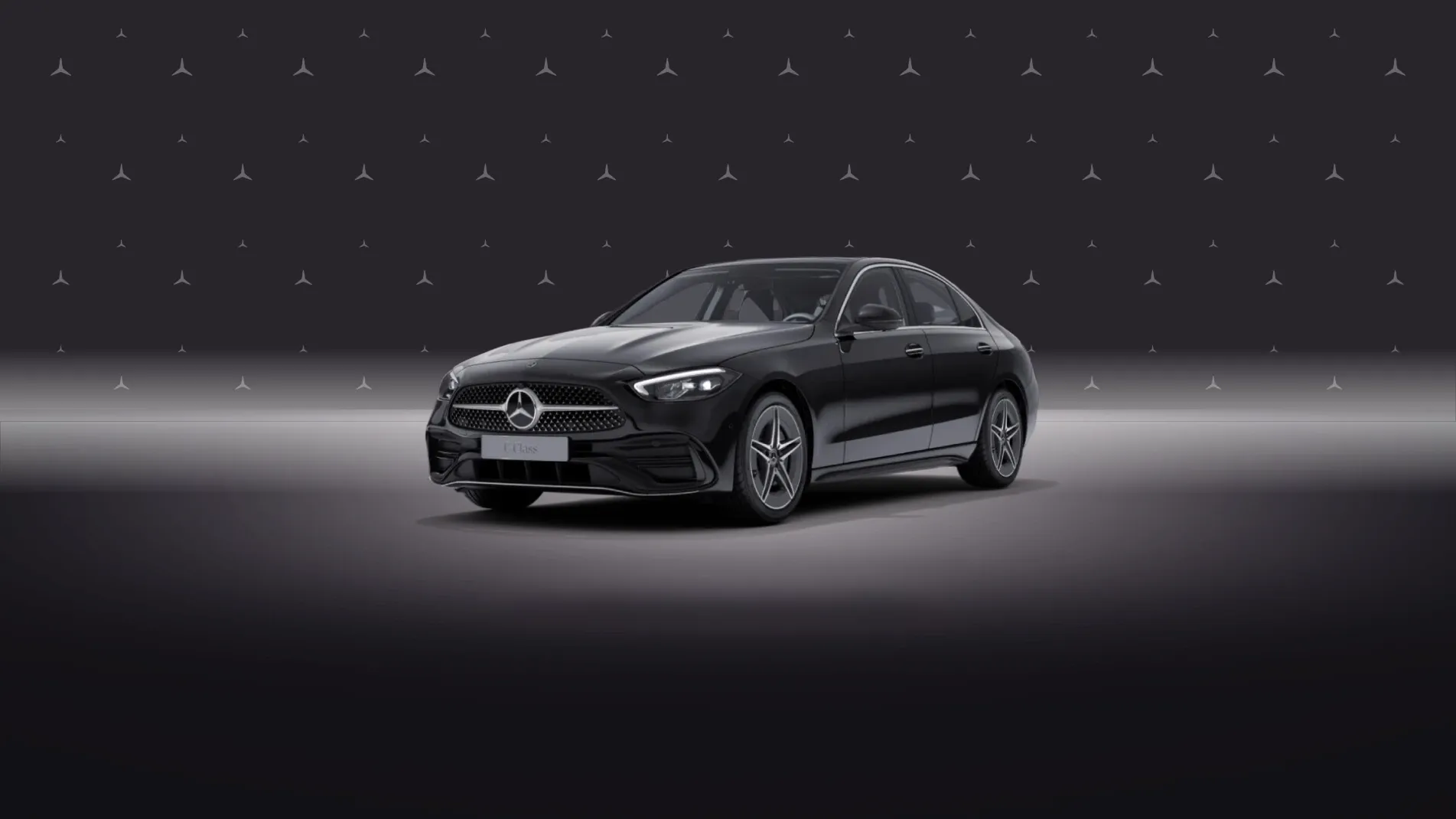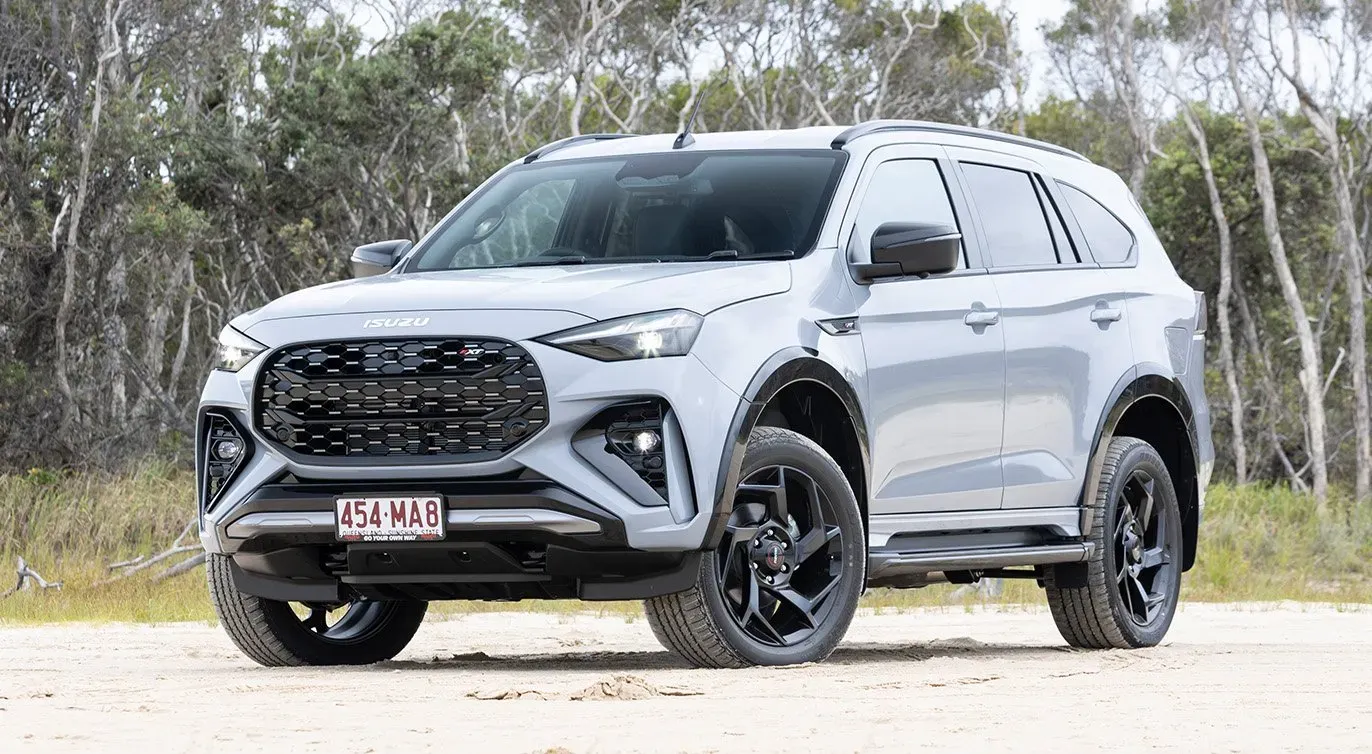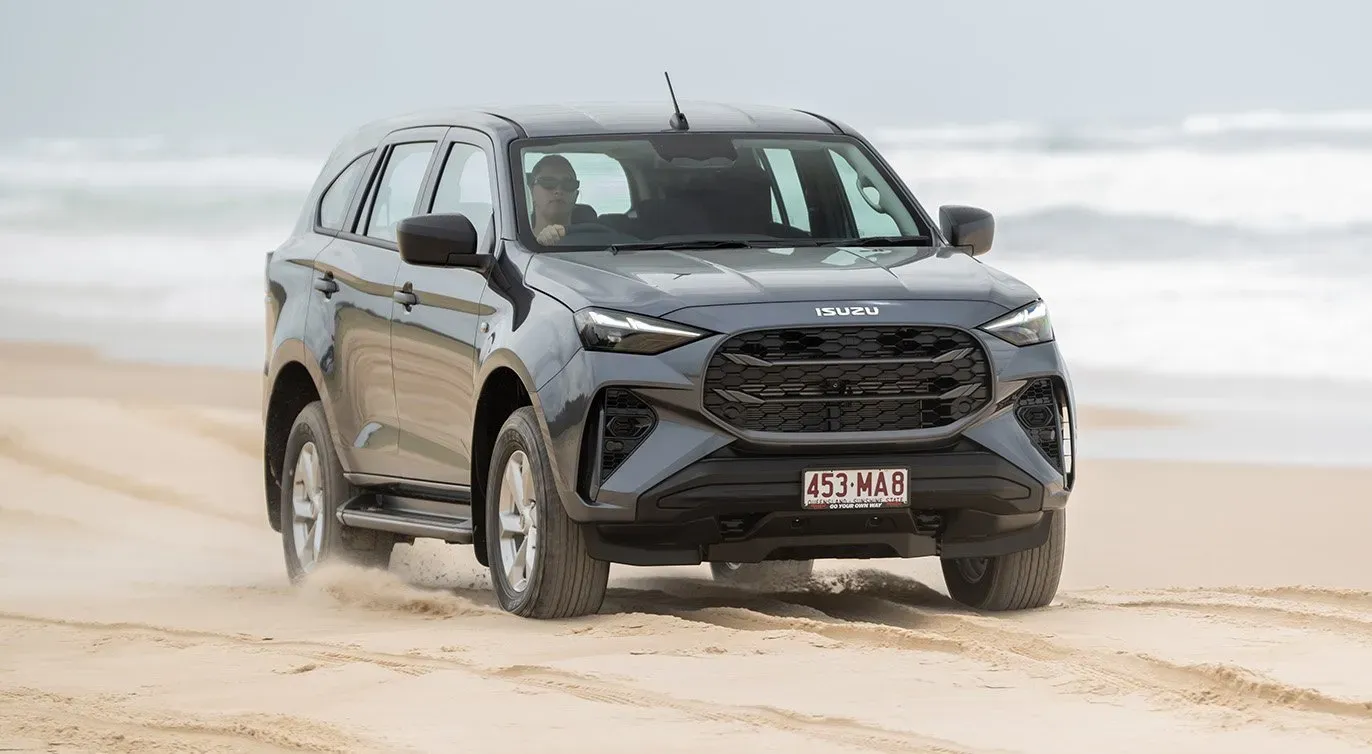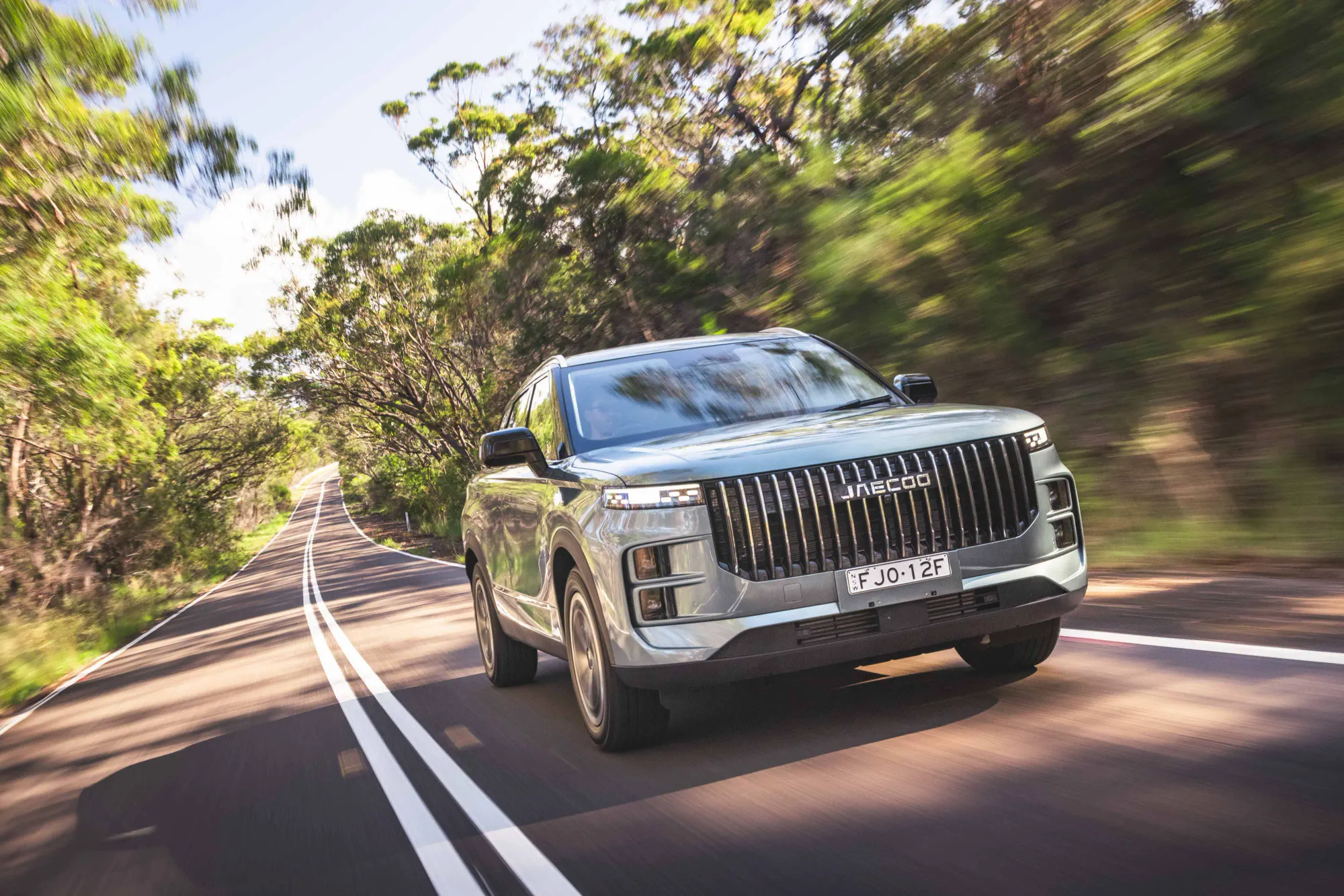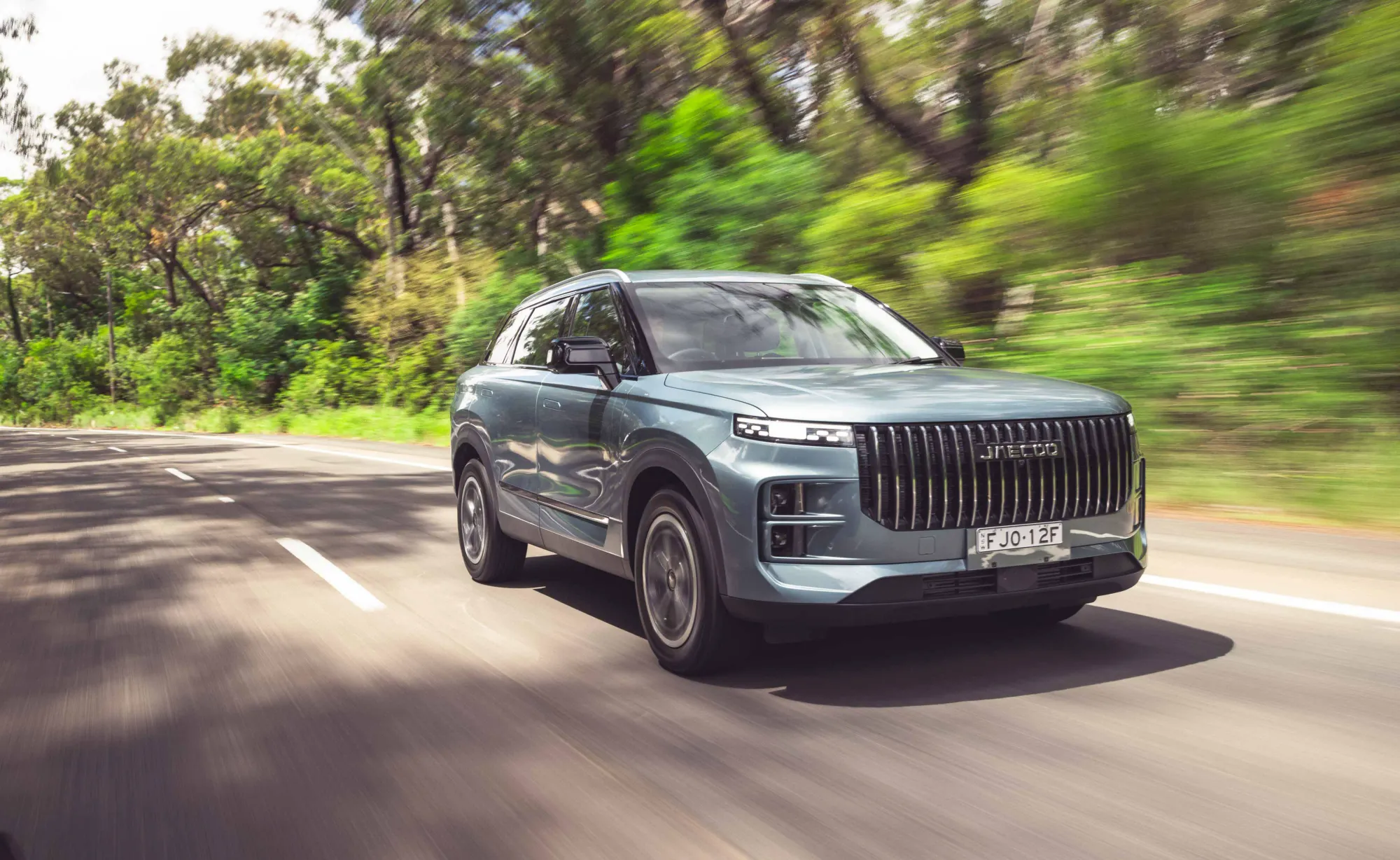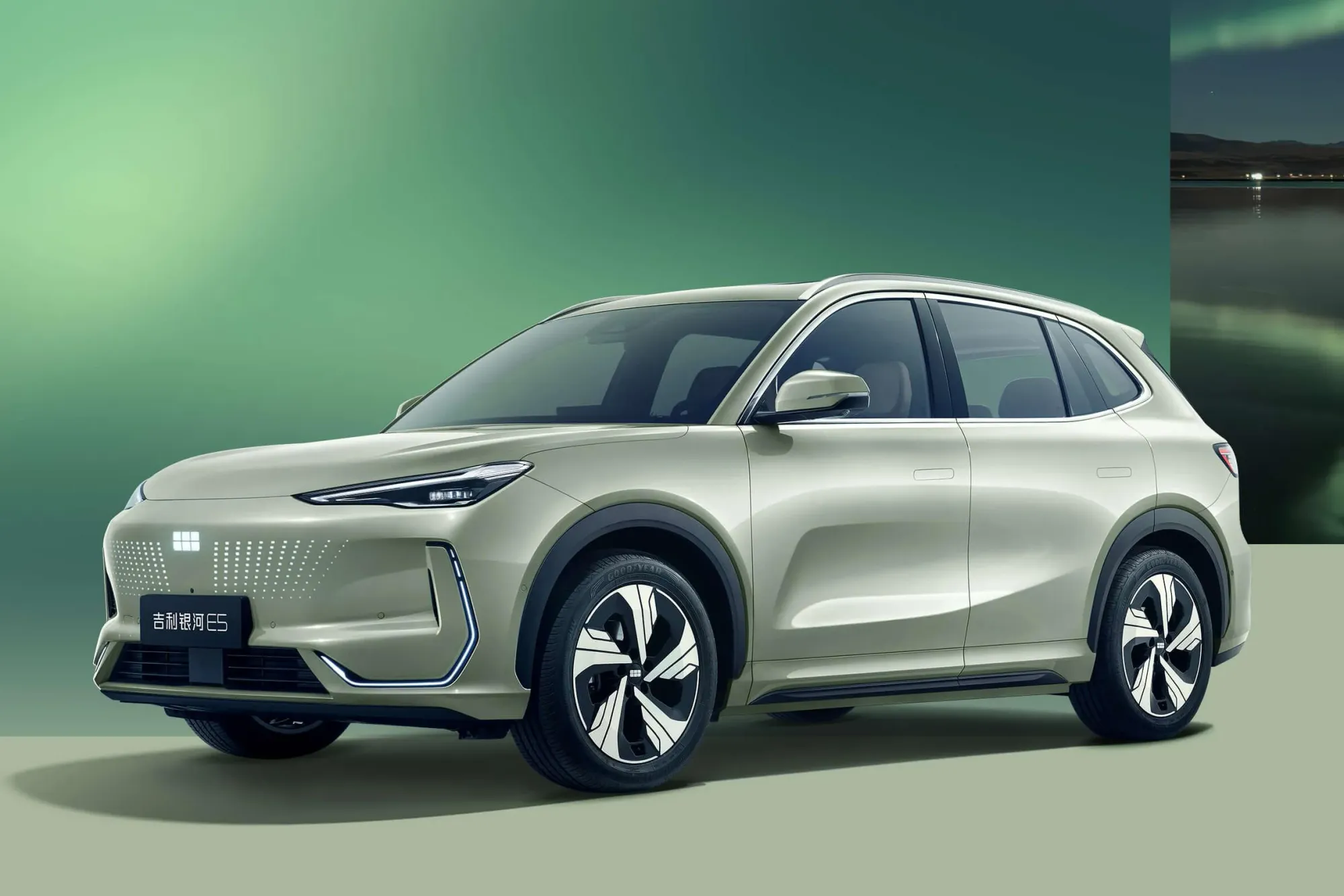Toyota has axed the Granvia, successor to the Tarago, due to new safety regulations. The Granvia failed to meet upcoming AEB standards, marking a shift towards SUVs in the Australian market. This decision highlights the evolving automotive landscape, where safety regulations and consumer preferences play pivotal roles in shaping product offerings.
Current Developments
The Granvia's discontinuation is largely due to regulatory challenges. Its AEB system does not comply with the new Australian Design Rule 98/00, which takes effect in March 2025.
Initially, Toyota considered upgrading the Granvia to meet these standards, but ultimately decided against it due to poor sales and unfavorable market conditions. The decision reflects a broader trend in the industry, where manufacturers must balance compliance with consumer demand and market viability.

Toyota's decision to discontinue the Granvia also underscores the complexity of modern automotive regulations. As safety standards evolve, manufacturers face increasing pressure to ensure their vehicles meet stringent requirements. This can be particularly challenging for niche models like the Granvia, which may not justify the investment needed to comply with new regulations.
Impact on the Australian Market
The Australian market has seen a significant shift towards larger SUVs, which has impacted the demand for people movers like the Granvia. The people mover segment accounts for only 1% of the Australian market, making it difficult for Toyota to justify continuing the Granvia.
As a result, Toyota will focus on its three-row SUVs and the HiAce Commuter for those seeking a people mover, aligning with consumer preferences for more versatile vehicles.
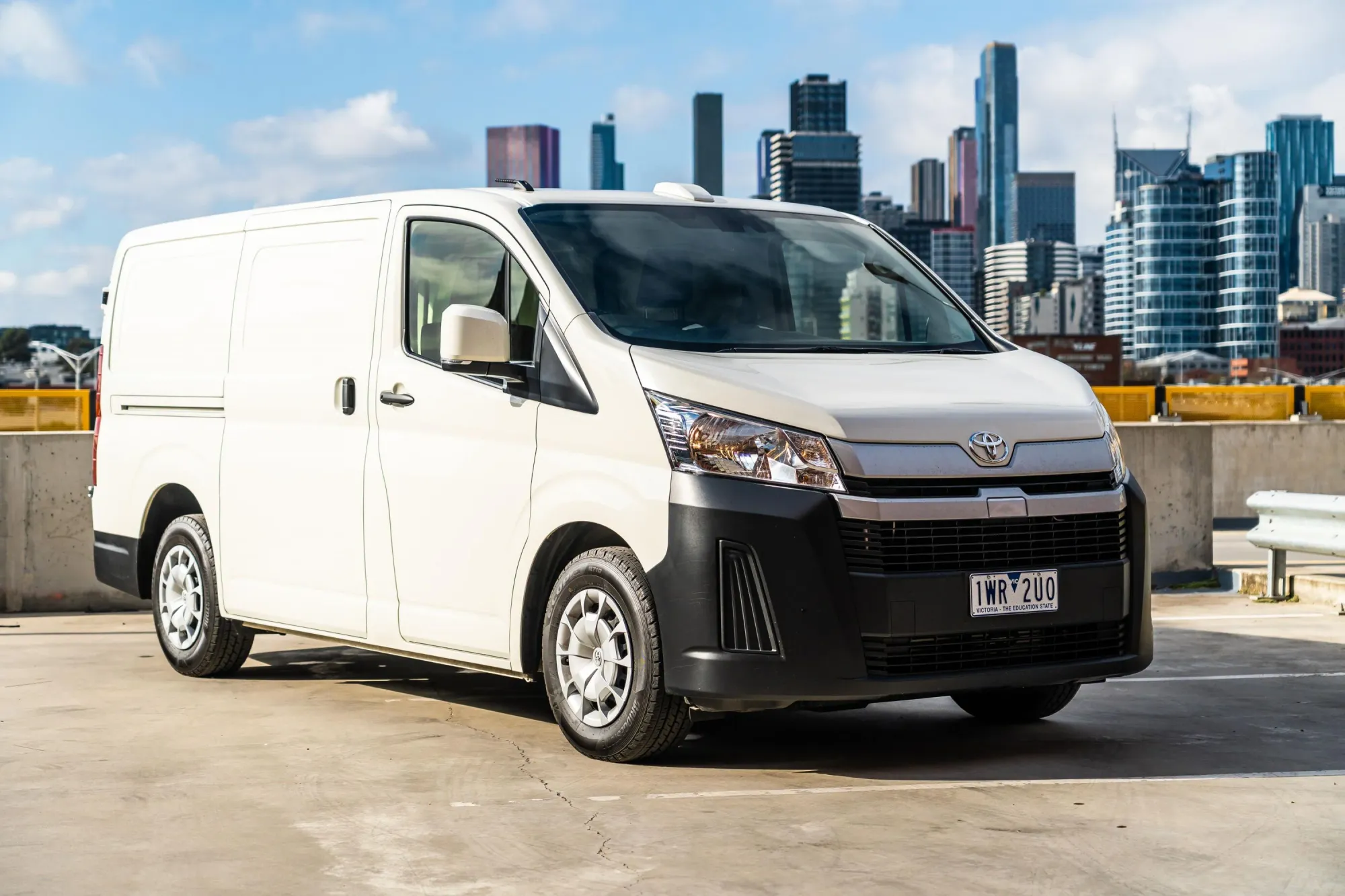
This shift towards SUVs is not unique to Toyota; it reflects a broader industry trend. Consumers are increasingly drawn to SUVs for their versatility, space, and perceived safety benefits. While people movers like the Granvia offer excellent practicality, they often lack the appeal and flexibility of larger SUVs.
Specifications and Details
The Granvia's sales performance was also a factor in its discontinuation. It was Toyota's worst-selling vehicle in Australia last year, with only 117 units delivered. In contrast, competitors like Hyundai and Kia have seen much higher sales figures for similar models.

The Granvia was larger, rear-wheel drive, and diesel-powered, differing significantly from the front-wheel drive, petrol-powered Tarago. It was also more expensive, with a base price of $62,990 before on-road costs.
The Granvia's specifications, while impressive, did not resonate with Australian consumers. Its larger size and rear-wheel drive layout made it more suited to commercial applications or those requiring substantial space, but these features did not translate into strong sales in the consumer market.
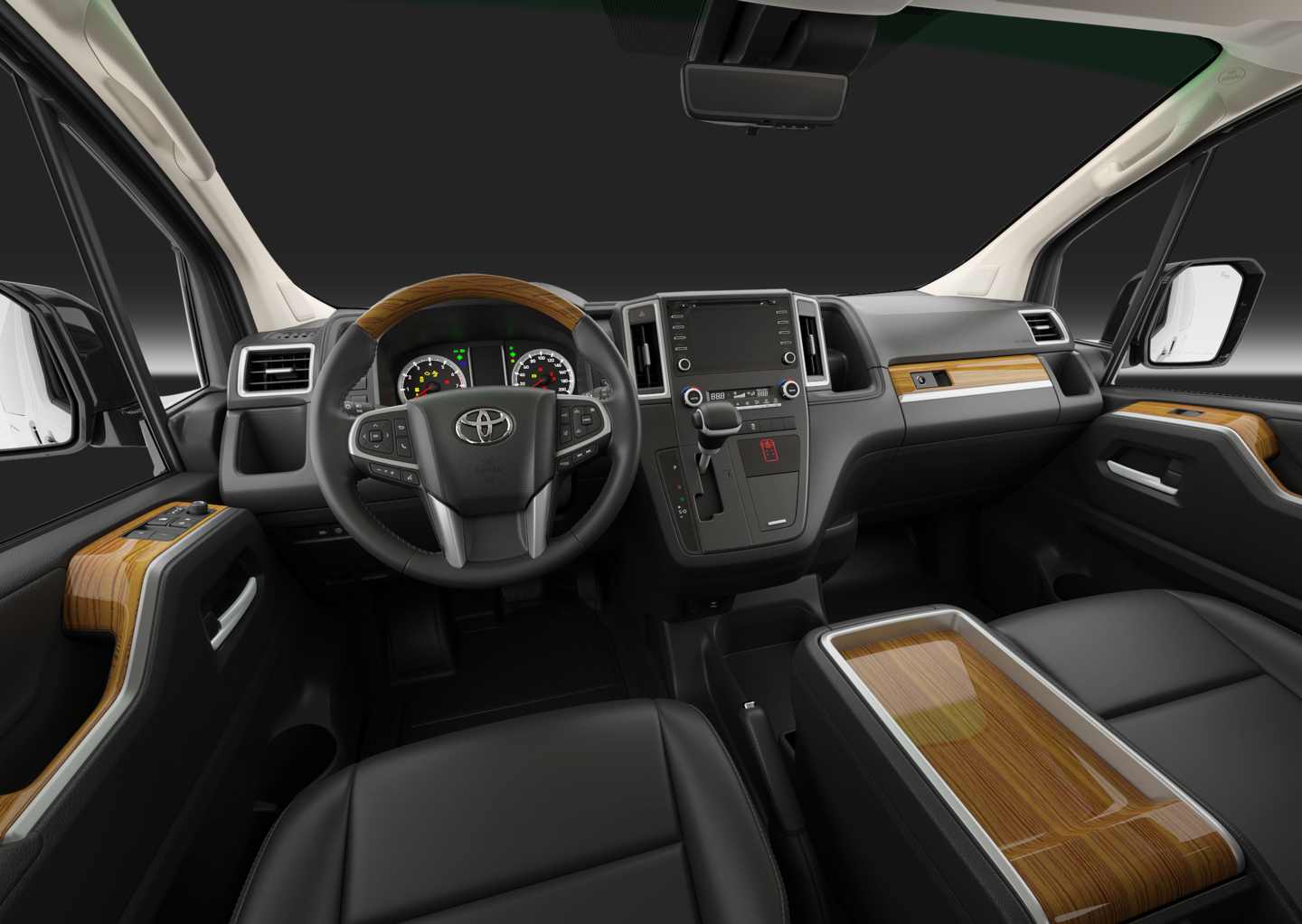
Overseas Alternatives
Toyota offers other people movers globally, such as the Alphard and Vellfire, which are popular as used imports in Australia. However, these models were not introduced locally, despite offering hybrid options and being closer in size to the Tarago. The decision not to bring these models to Australia reflects Toyota's strategic focus on SUVs and the HiAce for the local market.
Future Outlook
Sean Hanley, Toyota Australia's vice president for sales, marketing, and franchise operations, noted, "We decided not to proceed with upgrading the Granvia due to sales, market conditions, production complexity, and future regulations." This statement highlights the multifaceted nature of Toyota's decision, which considers not only regulatory compliance but also market dynamics and future-proofing.

As the automotive landscape continues to evolve, Toyota's decision to discontinue the Granvia reflects broader industry trends. Safety regulations and consumer preferences will continue to shape product offerings, with manufacturers needing to balance compliance with market demand and technological innovation.





